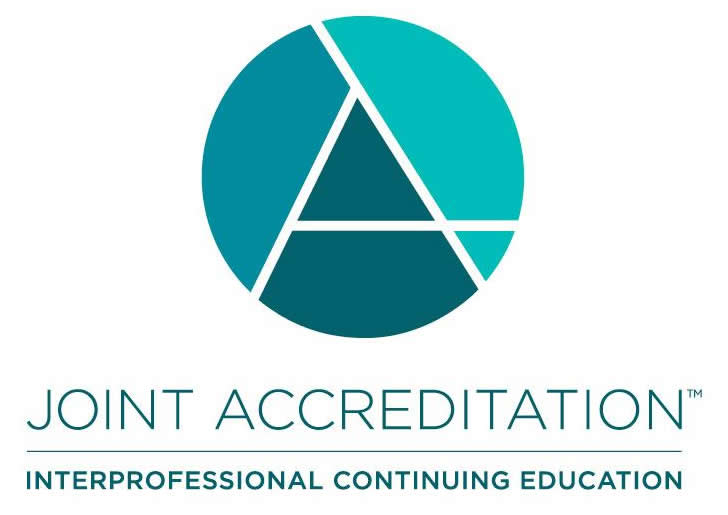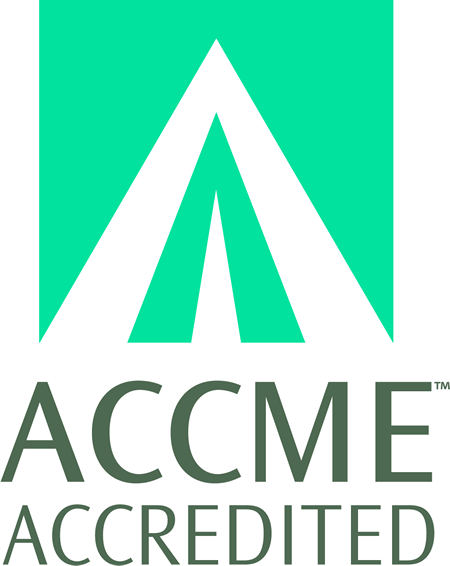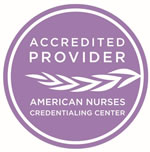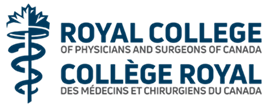
COURSE CREDITS & HOURS
16 AMA PRA Category 1 Credits™16 ACPE Credits
16.0 Contact Hours
1 Hour of Pharmacology for Nurse Practitioners
COURSE FEES
TARGET AUDIENCE
PROGRAM PURPOSE
Pediatric Urology Topics
Pediatric Urologic conditions are common and may persist into adulthood. The evaluation and management of many of these conditions has changed over the years to improve outcomes, yet education of primary care providers regarding these changes may be delayed. This educational activity is intended to provide current information on the evaluation and management of these common pediatric urologic conditions and identify indications for referral to a pediatric urologist
- Evaluation and Management of Pediatric Urinary Incontinence
- Develop a behavioral therapy regimen for the management of urinary incontinence in children
- Nocturnal Enuresis
- Be familiar with the treatment options for nocturnal enuresis
- Adolescent varicocele: Who to treat? Who to follow?
- Perform an examination for evaluation of varicocele and indications for referral to a pediatric urologist
- Common pediatric urologic problems: What is normal? When to Worry?
- Discuss the common pediatric urologic problems and identify when to refer to specialist
- Pediatric Urologic Emergencies
- Discuss pediatric urologic emergencies and the impact of prompt referral to an emergency room
- Urolithiasis: Evaluation and Management in Adults and Children
- Be aware of the signs/symptoms of urolithiasis, the recommended radiologic evaluation, medical therapy and metabolic workup of individuals with urolithiasis
- Evaluation and Management of Hydronephrosis
- Differentiate different causes of hydronephrosis and develop an appropriate approach to management
- Evaluation and Management of Vesicoureteral Reflux
- Discuss changes in the evaluation and management of vesicoureteral reflux
- Caring for perimenopause and menopause patients in 2023: diagnosis, common symptoms, treatments
- Understand the physiology of perimenopause and menopause >li>Utilize the 2022 Position Statement of the North American Menopause Society to inform care of midlife women experiencing perimenopause and menopause
- 51 is Getting Younger all the Time: maximizing longterm health in menopause
- Explain the differences in cardiac response to HT in younger menopausal women versus older menopausal women
- Individualize care for symptomatic menopausal women with medical comorbidities
- Consider the effect of hormone therapy in promoting bone health
- Mood and Menopause: diagnosis and treatment of Perimenopausal Mood Instability
- Differentiate perimenopausal mood instability (PMI) from major depressive disorder (MDD) and generalized anxiety disorder (GAD)
- List effective treatments for PMI including psychological and pharmacological approaches
- I Cant Sleep and Im Getting Fat: evaluating and treating the twin scourges of midlife
- Recognize the signs and symptoms of common sleep disorders and list behavioral and pharmacologic treatments for them
- Define the common disease of obesity and list effective psychotherapeutic and medical treatments
- Nutrition and the Aging Brain: can we prevent dementia?
- Understand how nutrition impacts brain changes with aging
- B. Describe what we can learn from the Blue Zones and other research about nutrition and healthy aging brain
- Develop skills to talk with patients and ensure a brain-healthy diet is accessible to them
- Beyond Masters and Johnson: models of female sexuality
- Describe the four major models of female sexual behavior
- Utilize the four models to counsel patients with concerns regarding their sexual function
- Female Sexual Dysfunction: disorders of desire, arousal, and orgasm
- Be familiar with the DSM-V diagnostic categories of female sexual dysfunction
- Utilize the ISSWSH Process of Care to manage hypoactive sexual desire disorder
- List at least 2 behavioral and 2 pharmacological treatment options for female sexual dysfunction
- When Sex Hurts: causes and treatments of dyspareunia
- Utilize a stepwise approach to diagnosis of dyspareunia
- Explain and initiate treatment when appropriate
After completing the course, participants will be familiar with typical and atypical presentations of menopause, risks and benefits of hormone therapy in various settings, and both hormonal and non-hormonal treatments for common menopausal symptoms.
They will understand causes of sexual pain in women, understand the importance of a team approach to treating sexual pain, and be able to knowledgeably prescribe both hormonal and non-hormonal treatments for sexual dysfunction.
Topics:

































